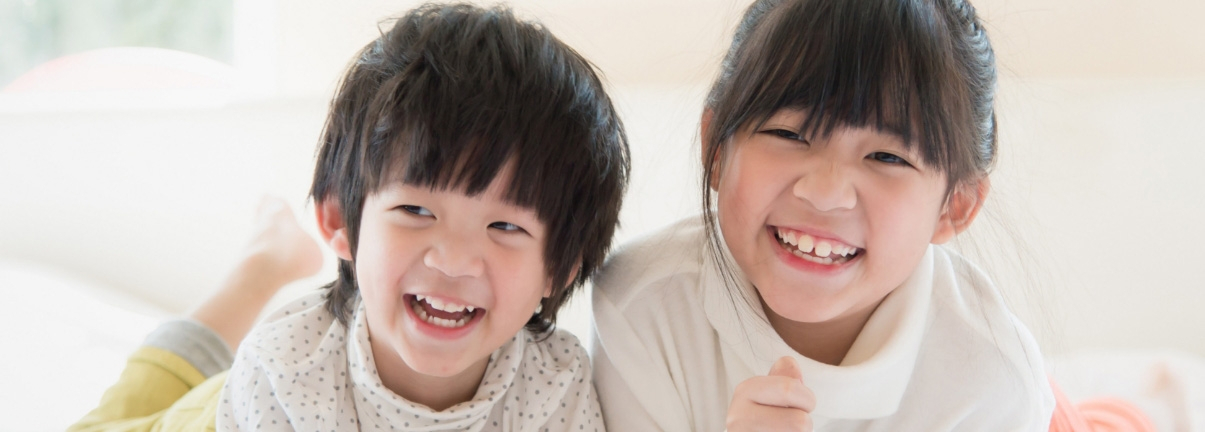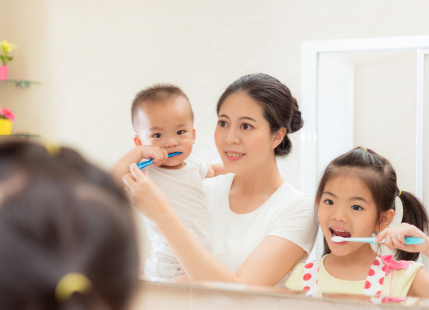24/05/2024
Whose Responsibility Is It to Make Children “Happy”?
“Wishing you happiness!” is a blessing we often hear. But what exactly is happiness?
As citizens living in Hong Kong, is our “Happiness Index” ideal? Can Hong Kong truly be called a “happy city”?
Happiness should not belong exclusively to a certain age group, social class, or type of person. The opportunities and conditions for happiness should belong to everyone.
For a long time, Hong Kong—like many other countries and cities—has used GDP as the key indicator of social development and success, taking pride in its economic focus, competitiveness, and efficiency. Over time, this has become part of our culture.
In a bustling city, the pace of life can feel suffocating. When we are too busy, powerless, or unwilling to care about our own feelings, it becomes all too easy to ignore the feelings of family, loved ones, neighbors, those we serve, and those who serve us—especially the young and vulnerable, the elderly, and people with special needs. Their cries often go unheard.
Thus, while prosperity grows, so do heavy pressures and serious hidden dangers.
Media reports and cases handled by social welfare agencies and police show rising numbers of tragedies involving abuse, neglect, bullying, discrimination, and even suicides among children and youth—leaving deep physical and psychological scars. The suffering of children, the elderly, the vulnerable, and those with special needs is plain to see. “Happiness” feels far out of reach for them.
Globally, mental health is now recognized as a critical issue, with depression and mental illness posing a major threat to sustainable development. This is not just Hong Kong’s challenge—it is an international crisis.
In recent years, advocates have begun calling for the creation of a “culture of happiness”—a movement that deserves strong support. But how do we build such a culture? What are the indicators? And whose responsibility is it?
In July 2011, the United Nations passed a resolution urging member states to guide public policy toward measuring national happiness. On April 1, 2012, the first World Happiness Report was published—the world’s first international survey based on happiness. It explored the causes of happiness and suffering, and the impact of national policies. The seventh report was released in March 2024, with Finland ranked as the happiest country for the seventh consecutive year—a case worth studying.
Based on research by experienced scholars in economics, psychology, and national statistics, six key indicators for assessing happiness were established:
GDP per capita
Healthy life expectancy
Charity & generosity
Freedom of choice
Freedom from corruption
Social support
These indicators clearly show that building a culture of happiness requires forward-looking, fair, and progressive social policies; timely laws and systems; clear benchmarks; action plans; and sustained, effective citywide efforts. It demands genuine participation, knowledge, skills, and values—and a sense of personal responsibility. To achieve this, strong leadership from policymakers is crucial.
But protecting our families, caring for those around us, and safeguarding the weak and innocent is everyone’s responsibility. Respecting human rights and family matters is vital, but when violence or bullying crosses society’s bottom line, we cannot turn a blind eye or remain bystanders. We must act—support, help, and refer cases to professionals when appropriate. Timely assessment and intervention can change the future for someone in crisis.
Let us hold children’s hands, protect their innocence, and ensure they live in an environment that safeguards their best interests—safe from violence, and nurturing to body, mind, and spirit. Together, let’s build a culture of happiness!
Mrs. LUI TSANG Sun-kaiMrs. LUI TSANG is an active child rights advocate in Hong Kong, she is also:The former Chief Executive of Against Child AbuseThe former Chairperson of Hong Kong Committee on Children’s Rights, andThe former member of Commission on Children









